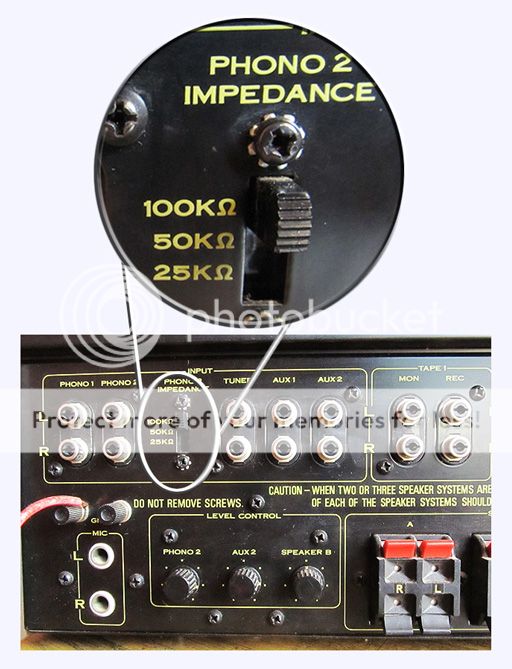I did get the new headshell, Cartridge & knobs for the TT.
Way to go!
The cartridge will improve after some hours of play. You'll hear the biggest improvement after playing 5-6 LP sides - you will hear the bass firm up and the highs will sound clearer. It ought to stabilise by 40-50 hours or even lesser.
Does your phono pre have settings for capacitive loading? If yes, try using higher value as the M97xE needs higher capacitive loading. I forgot the exact figure, but a quick search on the forum should bring up the post of omishra. Assume the capacitance of your TT cable about 100-120 pF. Then subtract this value from the required capacitive loading. The resultant value is what you should set in the phono preamp. I think you will need circa 180-200 pF loading.
Also, IIRC, this cartridge can sound better at 33K or 62K Ohms resistive loading instead of the usual 47K. 33K will tame the highs (if you find your sound bright). 62K will accentuate the highs. Play around with the settings, if possible.
Also, how many grams is your VTF?



